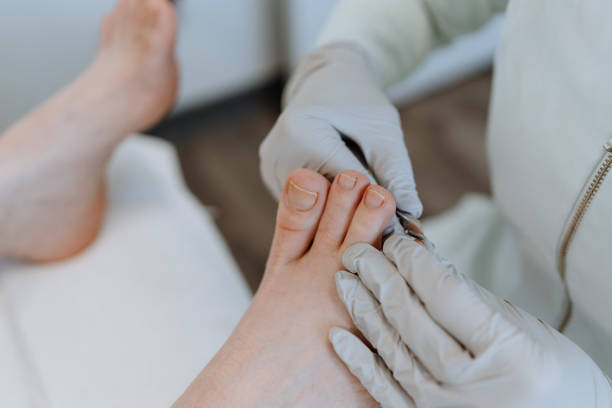
A fungal nail infection is a condition that may be caused by various causes. Usually, these infections are harmless, but they can be persistent and require treatment. There are a few ways to treat them. These include oral drugs, topical medications, and laser therapy. Each method has its own benefits and risks.
Oral antifungal drugs are often the first option for treating fungal nails. Taking the drug for six to twelve weeks is recommended. However, some people are allergic to the drug or have liver problems, and they may experience side effects. It is best to ask your podiatrist Perth if the drug is safe for you to use. Some people have used it with success. Depending on the severity of your condition, you may need to take the medication for up to a year.
Topical drugs are another common treatment for fungal nails. The main problem with topical treatments is that they aren’t very effective. While they can be used to get rid of the infection, they won’t cure it. They also have to be applied and removed often. Even if the topical substance works, it doesn’t penetrate the nail, and the fungus will continue to grow.
For severe cases, a nail may need to be surgically removed. For mild to moderate infections, a topical or nail gel like PACT can be prescribed. Both can be applied after soaking the infected nail.
The Pedisafe technique is a specialized treatment for fungal nails. If you have thickened nails, the Pedisafe reconstruction can be filed and painted to give your nails a healthy look. Although the reconstruction will be very noticeable, you can still have a beautiful looking nail while you’re getting your fungal infection under control.
Laser treatments are also effective in treating fungal nail infections. However, the cost and discomfort can be significant. This type of treatment is not available at most clinics, and you must have a private prescription. To ensure a successful treatment, you should see a laser specialist for a brief visit. In the meantime, you can take steps to prevent future infections.
One of the most effective options is the Cold Laser (Lunula). This technology uses two laser beams to target the fungus. The laser kills the fungus by reacting with its cell wall. Unlike the other treatments, the Lunula Low Level Laser does not depend on heat, so the risk of side effects is reduced. Another benefit of this laser is that it is virtually painless.
Another fungal nail treatment in Cottesloe is the Lacuna method. This involves drilling pin-sized holes into the nail plate. With this method, the fungus can enter the nail bed, allowing it to be treated.
A third fungal nail treatment option is a prescription cream, such as efinaconazole. Using this medication for several months can cure a fungal nail infection. Though the results are noticeable as your nail grows, it can take up to a year to clear up the infection.